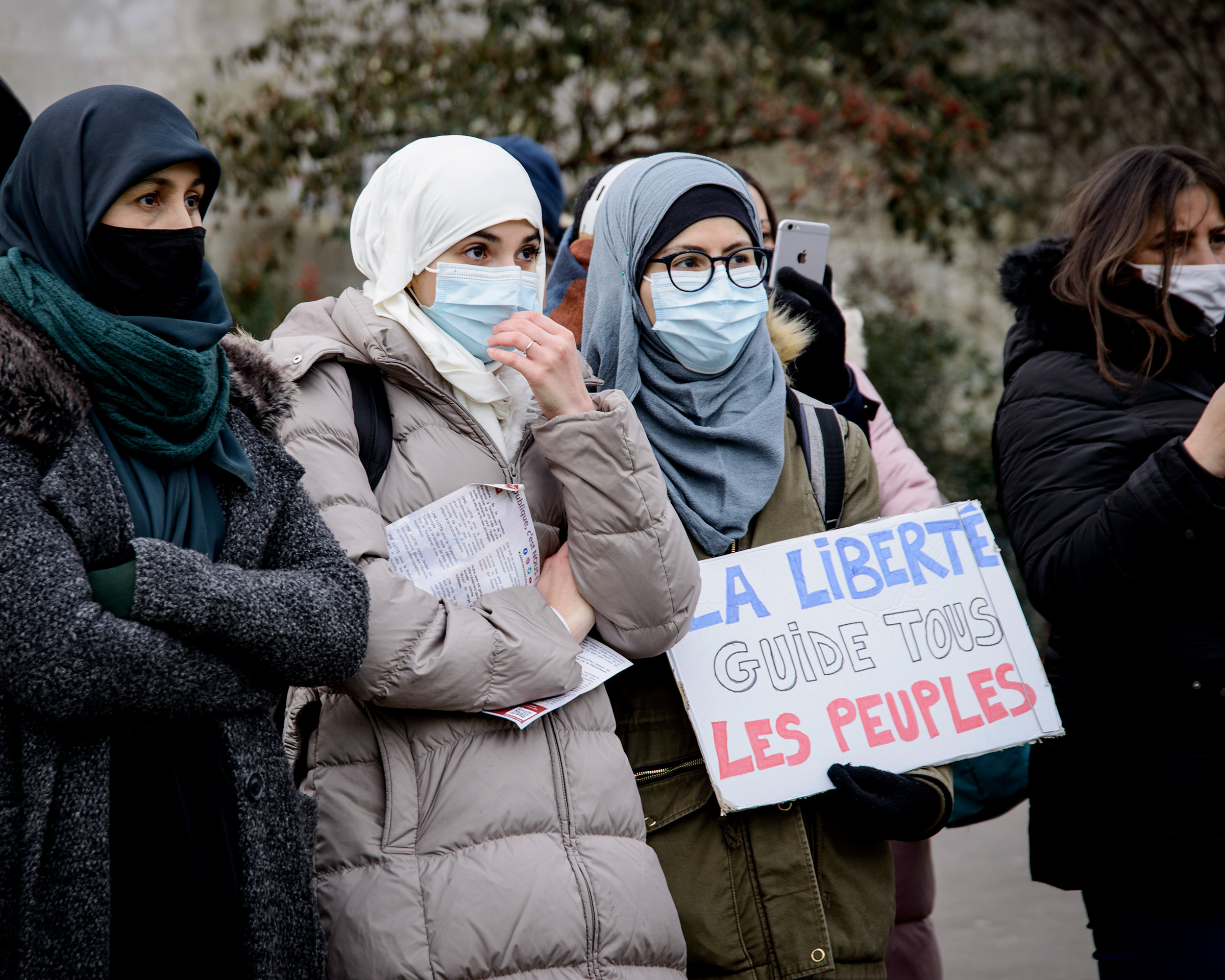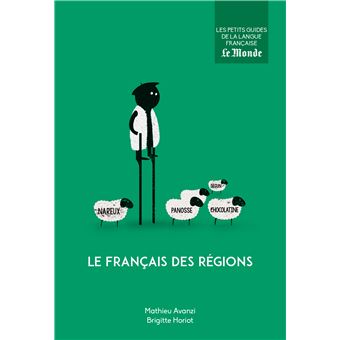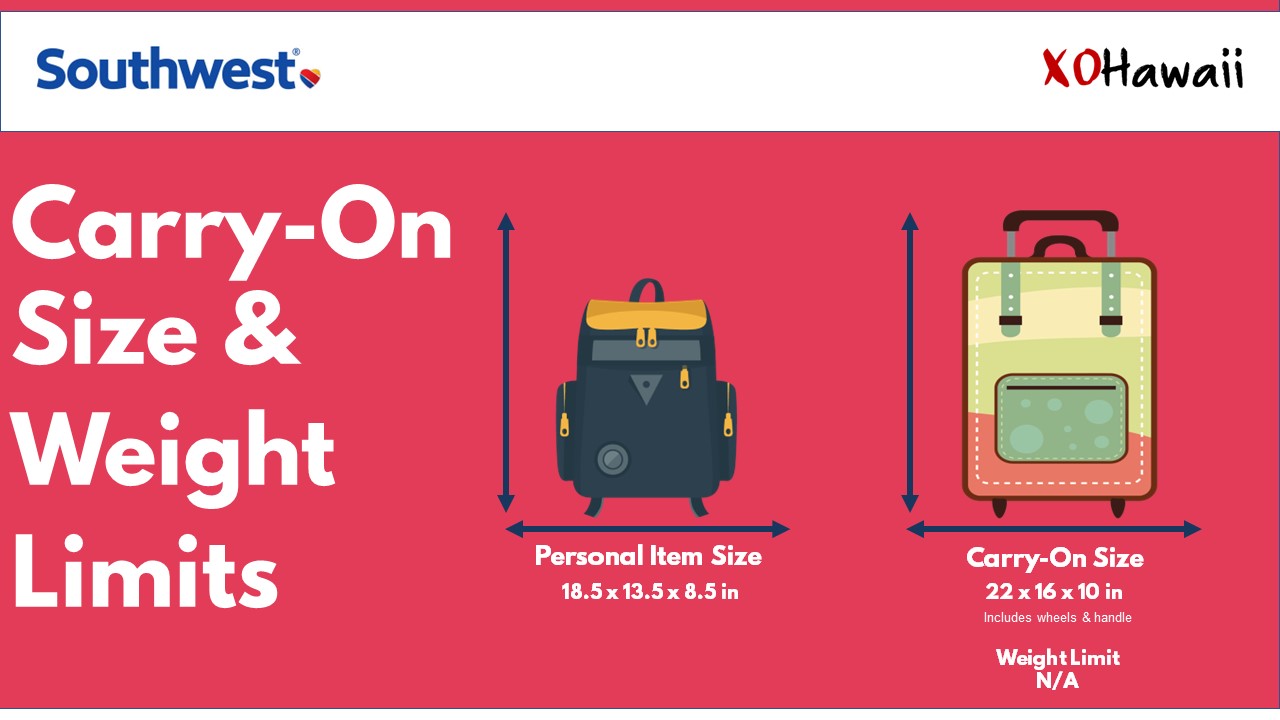Proposed French Law: Banning The Hijab For Girls Under 15 In Public Areas

Table of Contents
The Proposed Law's Provisions
The proposed legislation seeks to prohibit girls under the age of 15 from wearing the hijab in designated public spaces. While the exact wording is still under debate, the ban is likely to apply to areas such as streets, schools, and public transportation. Exceptions, if any, remain unclear at this stage.
The penalties for non-compliance are also a subject of ongoing discussion. Potential consequences could include fines for parents or guardians, or other administrative sanctions. The role of schools and law enforcement in enforcing the ban is another crucial aspect that requires further clarification. Legal challenges are anticipated, particularly concerning the potential infringement on fundamental rights.
- Precise age limit: Under 15 years old.
- Definition of "public areas": Streets, schools, public transport, and other publicly accessible spaces.
- Potential fines or other sanctions: The exact penalties are yet to be determined, but fines and potential administrative measures are likely.
- Role of schools and law enforcement: Schools are expected to play a significant role in implementing the ban, potentially in conjunction with law enforcement agencies.
Arguments in Favor of the Ban
Supporters of the ban primarily focus on two key arguments: protecting minors and upholding French secular values (laïcité). They argue that young girls may be pressured into wearing the hijab by families or religious communities, potentially limiting their freedom of choice and hindering their personal development. This argument is often supported by anecdotal evidence and claims that the hijab symbolizes patriarchal oppression.
The upholding of French secularism, a cornerstone of the nation's identity, is another central argument. Proponents argue that the ban is necessary to protect the principle of laïcité, ensuring a neutral public space free from overt religious displays. They believe that the hijab, in this context, represents a challenge to this established principle.
- Child protection concerns: Preventing coercion and ensuring the freedom of choice for young girls.
- Safeguarding the principle of secularism: Maintaining a neutral public space free from overt religious symbols.
- Preventing discrimination against those who choose not to wear a hijab: Creating an environment where girls feel free to express their beliefs without social pressure.
- Promoting integration and social cohesion: Fostering a sense of shared national identity and belonging.
Arguments Against the Ban
Opponents of the proposed minor hijab ban in France raise serious concerns about its potential impact on religious freedom and children's rights. They argue that the ban violates international human rights conventions, which guarantee the right to freedom of religion and expression. The legislation could be seen as discriminatory, targeting a specific religious group and potentially fueling Islamophobia and social division.
Furthermore, critics question the enforceability and practicality of the law. Monitoring the attire of every girl under 15 in public spaces would be a significant undertaking, posing logistical and ethical challenges. The subjective nature of defining "public spaces" also presents difficulties in implementation. Moreover, the assumption that all girls wearing the hijab are victims of coercion is deemed inaccurate and potentially harmful.
- Infringement on religious freedom: A clear violation of fundamental human rights, as enshrined in international conventions.
- Potential for increased discrimination and Islamophobia: Exacerbating existing prejudices and marginalizing Muslim communities.
- Difficulties in enforcement and potential for abuse: The law's subjective nature could lead to discriminatory enforcement.
- Lack of evidence linking hijab wearing to coercion in all cases: The assumption of coercion is a generalization that doesn't reflect the diversity of experiences within Muslim communities.
International Reactions and Comparisons
The proposed French hijab ban has drawn significant international attention and a wide range of reactions. Some countries with similar secular traditions have implemented or considered similar legislation, with varied outcomes. Examining these cases provides valuable insights into the potential consequences of such a law.
International organizations, such as the UN, have expressed concerns about the potential infringement on fundamental human rights. Statements from these organizations highlight the importance of religious freedom and the potential for discriminatory outcomes. Governments and political figures worldwide have voiced their opinions, offering a diverse range of perspectives on the proposed law, with some expressing support and others expressing strong criticism.
- Examples of similar laws in other countries and their outcomes: Examining the successes and failures of comparable legislation in other countries.
- Statements from international human rights organizations: Assessing the opinions and concerns raised by organizations like the UN.
- Reactions from various governments and political leaders: Understanding the diverse range of opinions from around the globe.
Conclusion
The proposed French law banning the hijab for girls under 15 in public areas remains a highly divisive issue. While proponents emphasize child protection and secular values, opponents highlight the infringement of religious freedom and the potential for increased discrimination. The debate underscores the complex interplay between secularism, religious expression, and the rights of minors. The long-term implications of this proposed French hijab ban, particularly concerning its impact on French society and international relations, remain to be seen. Further discussion and debate surrounding this hijab law in France are critical to navigate this complex issue effectively and responsibly. Stay informed about updates on this contentious minor hijab ban in France and its potential consequences.

Featured Posts
-
 Microsoft Activision Deal Ftcs Appeal Challenges Regulatory Approval
May 24, 2025
Microsoft Activision Deal Ftcs Appeal Challenges Regulatory Approval
May 24, 2025 -
 Sean Penn Challenges Narrative Surrounding Woody Allen And Dylan Farrow
May 24, 2025
Sean Penn Challenges Narrative Surrounding Woody Allen And Dylan Farrow
May 24, 2025 -
 Escape To The Country Top Locations For A Tranquil Getaway
May 24, 2025
Escape To The Country Top Locations For A Tranquil Getaway
May 24, 2025 -
 Live Update Euro Boven 1 08 Kapitaalmarktrentes Blijven Stijgen
May 24, 2025
Live Update Euro Boven 1 08 Kapitaalmarktrentes Blijven Stijgen
May 24, 2025 -
 Mathieu Avanzi Le Francais Une Langue Vivante Au Dela De L Ecole
May 24, 2025
Mathieu Avanzi Le Francais Une Langue Vivante Au Dela De L Ecole
May 24, 2025
Latest Posts
-
 Unexpected Viral Success Tik Tokers Story About Pope Leo
May 24, 2025
Unexpected Viral Success Tik Tokers Story About Pope Leo
May 24, 2025 -
 Carry On Changes Southwest Airlines Restricts Portable Chargers
May 24, 2025
Carry On Changes Southwest Airlines Restricts Portable Chargers
May 24, 2025 -
 Air Traffic Controllers Sound Alarm Newark Airport Issues Stem From Trumps First Term Plan
May 24, 2025
Air Traffic Controllers Sound Alarm Newark Airport Issues Stem From Trumps First Term Plan
May 24, 2025 -
 Southwest Airlines New Policy What You Need To Know About Portable Chargers
May 24, 2025
Southwest Airlines New Policy What You Need To Know About Portable Chargers
May 24, 2025 -
 From Parishioner To Viral Tik Tok Star A Story About Pope Leo
May 24, 2025
From Parishioner To Viral Tik Tok Star A Story About Pope Leo
May 24, 2025
